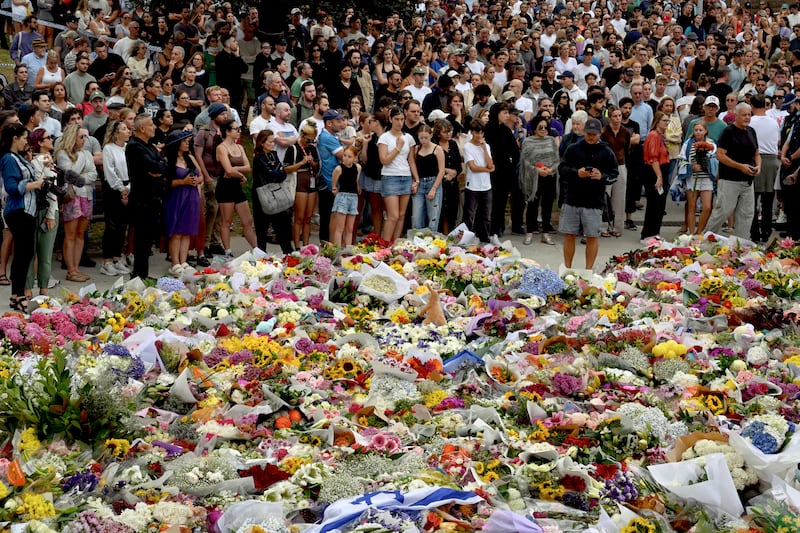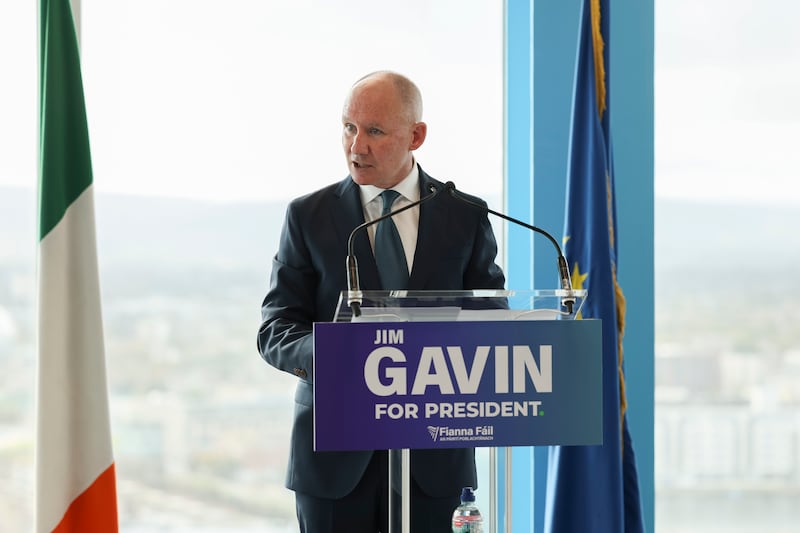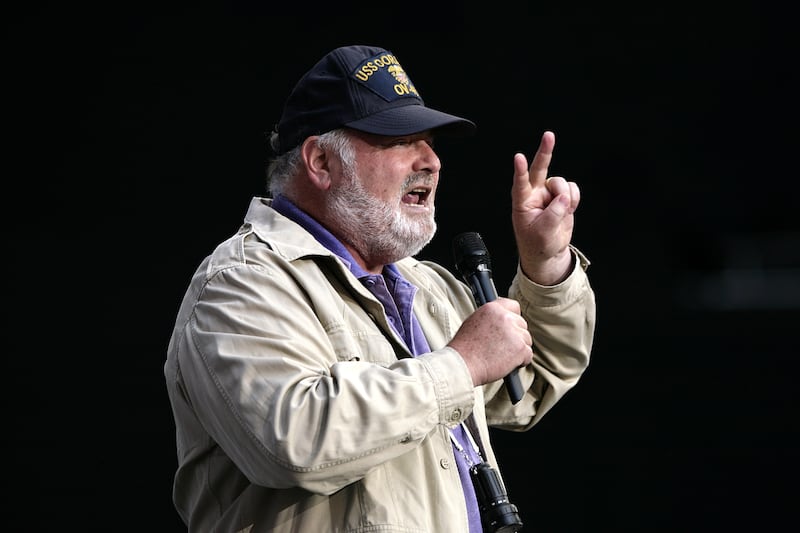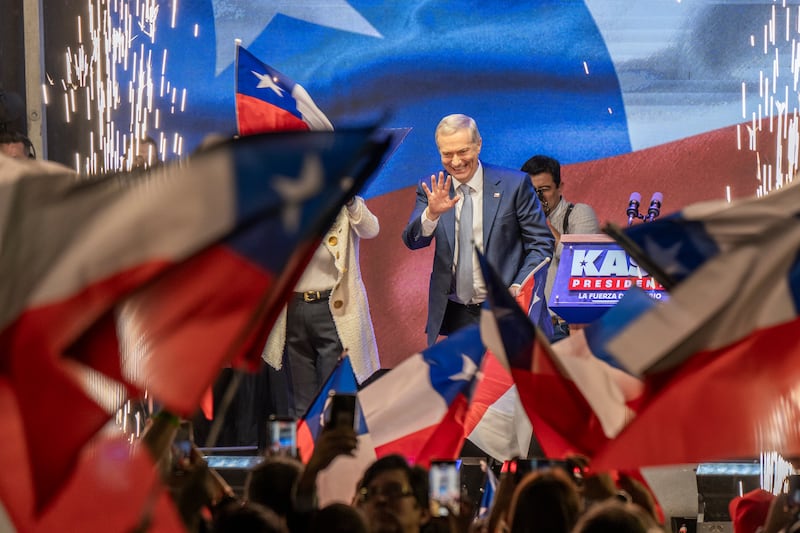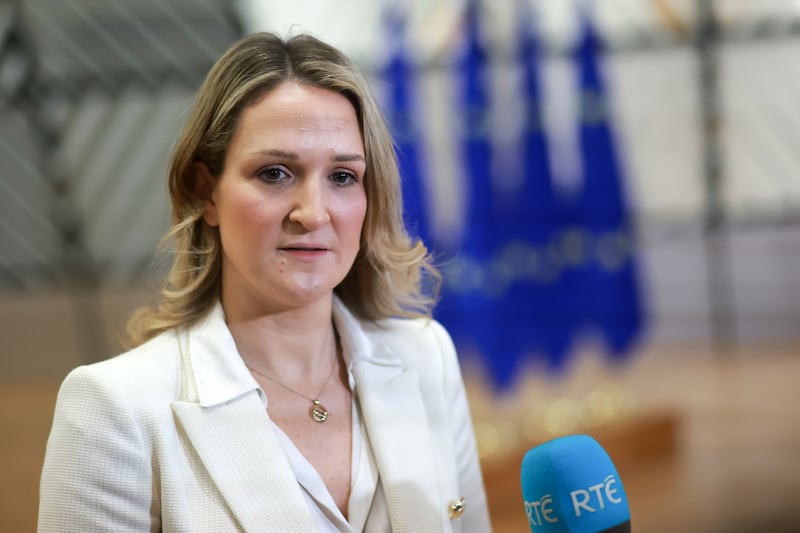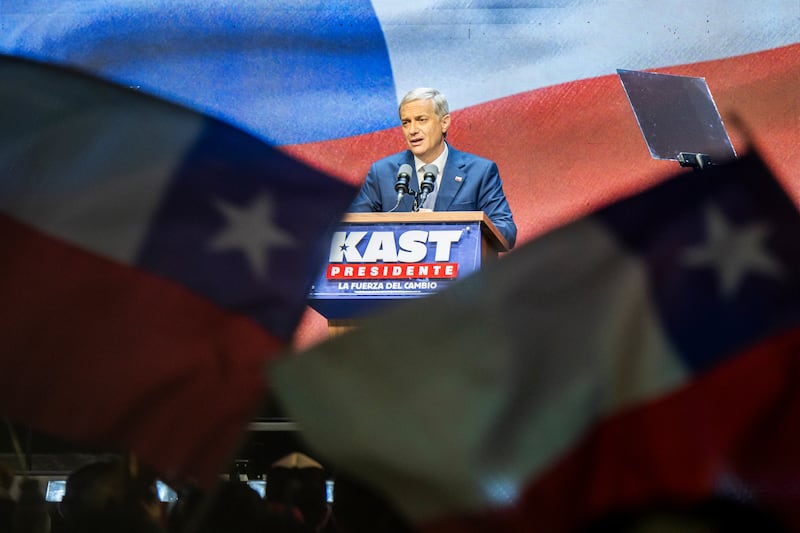If a picture is worth a thousand words, then a dance created by a photographer must be worth multiples of that. Luca Truffarelli explores this idea in an immersive new dance work, The Weight.
Spawned from years of photographing dancers, living as an Italian in Dublin and finding deeper meaning in things often taken for granted, The Weight explores questions that filter through Truffarelli’s camera lens as well as through him personally.
The 45-minute experience combines film, dance, an orchestral score and audience immersion. Collaborators include the award-winning choreographer Oona Doherty, the Switzerland-based dancer Erin O’Reilly, the UK composer Greg Haines and music recorded by the RTÉ Concert Orchestra. Truffarelli’s intention reaches beyond the performance: for every ticket sold €2 goes to Sea-Watch, a rescue charity that helps people in flight in the Mediterranean. In this experience, his message is one of hope.
“In The Weight I want to address so many things. I want to talk about Italy. I want to talk about myself and the problem of not being able to help enough people,” Truffarelli says.
READ MORE
Speaking from a hotel in England where he has been working on a separate collaboration with Doherty, Truffarelli offers glimpses of what it’s like for him to see the world in pictures. He grew up in Perugia, between Florence and Rome, and from a young age travelled with his father, a film-maker, to locations that most teenagers will never experience. Truffarelli perceived things beyond what was in front of him, learning that everyone has a story. His own career since has taken him to Palestine, Kosovo and throughout his native Italy, capturing and documenting scenes.
Some of the issues on Truffarelli’s mind include migration, particularly the way migrants are treated in Italy, a far cry from the beautiful art and food that so many tourists associate with his home country and one of the ideas running through The Weight.
It’s like when you are walking down the street and see someone who is hurt. What do you do?
“People outside Italy think Italy is the best place in the world, with the best food, the best weather, and we have loads of that,” he says, “but we need to start talking about immigration. People need to understand that we are using immigrants as slaves, to keep the market running, to keep the price of the tomato or price of the vegetables as low as possible for the market. But what is the cost?”
Donating to Sea-Watch is one tangible way for Truffarelli to help. So is expressing his message through dance. The Weight presents a chance for viewers to become involved. “There is one part where an audience member is asked to do something, but they don’t know how to do it. It is an impossible task. I can see that people care, so this is quite interesting. There’s the bridge between ‘I can see something. I don’t know how to do it, but at the same time I’m trying my best to do it.’ The show brings up these things.”
Crossing over from photographer to choreographer is no small feat for someone who has never trained as a dancer. How did the creative process work?
“I began by showing Erin some videos or ideas, like a painting or sections of a movie, and asking, ‘What do you think about this in relation to the character and feeling of the scene?’ And then she responded with movement. I’m actually trying to give a feeling more than an action movement. From there I would reshape and say, ‘Try to bring the arms a bit lower or the legs a bit up,’ or, ‘Try to stay low as much as possible.’ I would co-ordinate with these directions. I don’t know if we can call it choreography, so I gave that task to Oona. She gave me some images, and from there I redeveloped with Erin in the room. We found, I think, a nice combination between the three of us. I’ve never experienced anything like this before.”
He choreographed from behind the lens, watching O’Reilly move, capturing the shot or the essence of the movement he was looking for, then asking her to stop. “From an editor and a videographer point of view, it’s a way that I see things. I would say, ‘Okay, I like this length,’ then cut. ‘Try to stretch this one out at the beginning,’ then cut.”
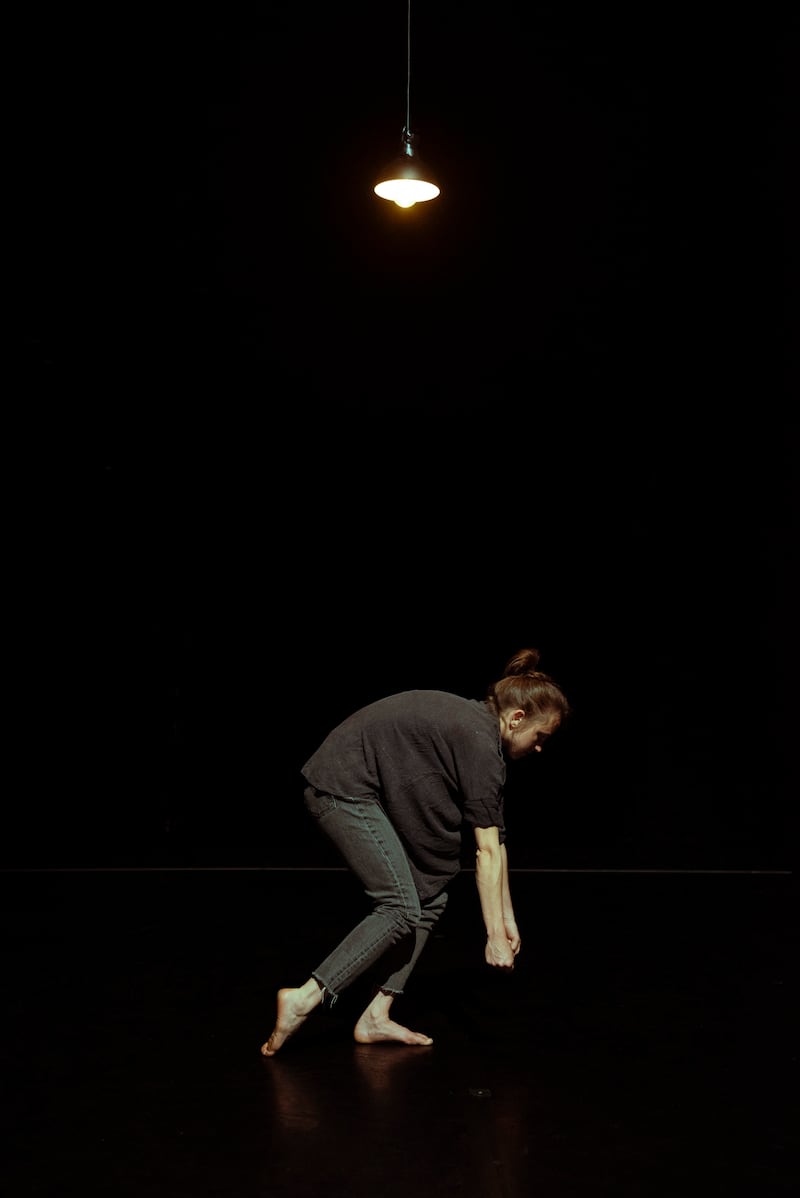
Truffarelli says there is power in movement.
“Dance is really intriguing, because I have the ability to go away from my reality. Someone else is showing me something, and I get whatever I want to get from it. You just have to watch and make your own thing from it without someone actually telling you what to think, especially with contemporary dance. It’s so open.”
Truffarelli discovered dance through an ex-girlfriend who was a dancer: he went to watch her rehearse and perform, and took black-and-white photographs of her. Later, he worked as an usher in a theatre in Perugia, where his foray into dance photography continued.
“I was really a simple usher. I opened and closed the door for the first few years, and then I became a stage manager. During that period of time I started to record interviews with actors or anyone that was passing by and taking some photos. We started the first blog for the theatre. It all began as a way for me to start making content in relation to dance and theatre.”
Fast-forward to Truffarelli’s move to Dublin, where he has worked as a photographer with nearly every dance company that can get on his schedule, including Liz Roche Company, Liv O’Donoghue, Junk Ensemble, Philip Connaughton, Emma Martin, Catherine Young and, of course, Oona Doherty. He has also collaborated on several award-winning short films; his numerous film awards include the audience-choice award from Dublin International Film Festival for Iarscoláire, directed by Shaun Dunne, and a barrage of honours from film festivals worldwide for Shoe Horn/Office, created with Ingrid Nachstern and Night Star Dance Company.
Despite the satisfaction of capturing movement on film, societal issues clearly tug at his artistic sensibilities, as do relationships with his family, especially his mother, whose health is declining. The Weight responds to all of this.
“It’s like when you are walking down the street and see someone who is hurt. Part of you wants to go over and help that person, and another part sees other people are getting there first. So what do you do? Do you go over and help or do you just keep walking? If you keep walking but you are still thinking about that person, it shows that you care. You are carrying that with you. But what do you do with it?”
“We can’t help everyone,” he continues. “It’s just sometimes I need to give something more to what I’m doing. So with a portion of these tickets going to Sea-Watch it’s something that I can do through my work. If I’m a success, I don’t really care as long as we have something that we can donate to these people that are actually helping people. Yes, I’m making art. But to give something back to someone else, this is one of the only things that I can do to make things right.”
The Weight is at the Complex, Dublin 7, from Wednesday, November 8th, until Saturday, November 11th











